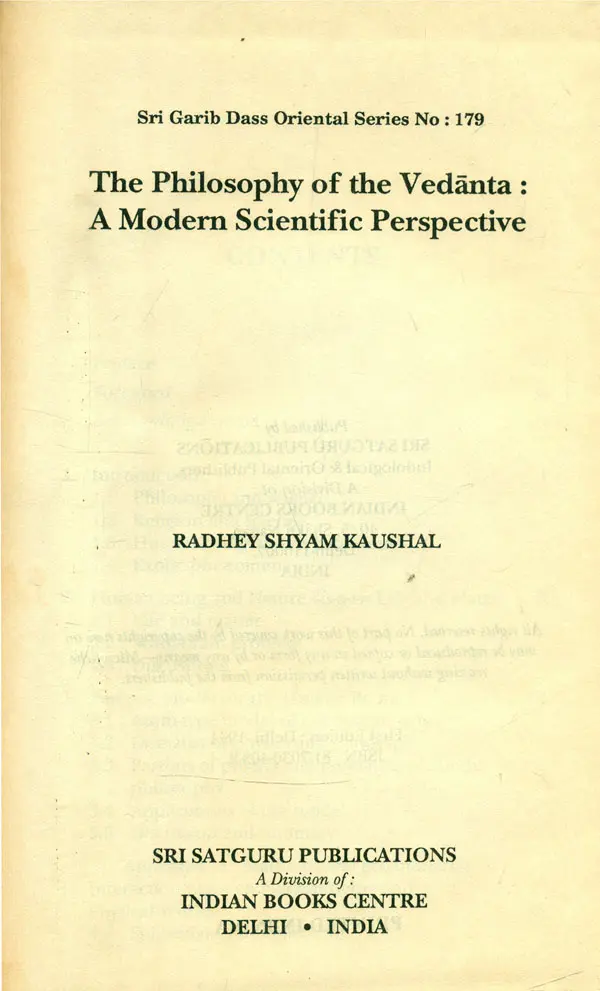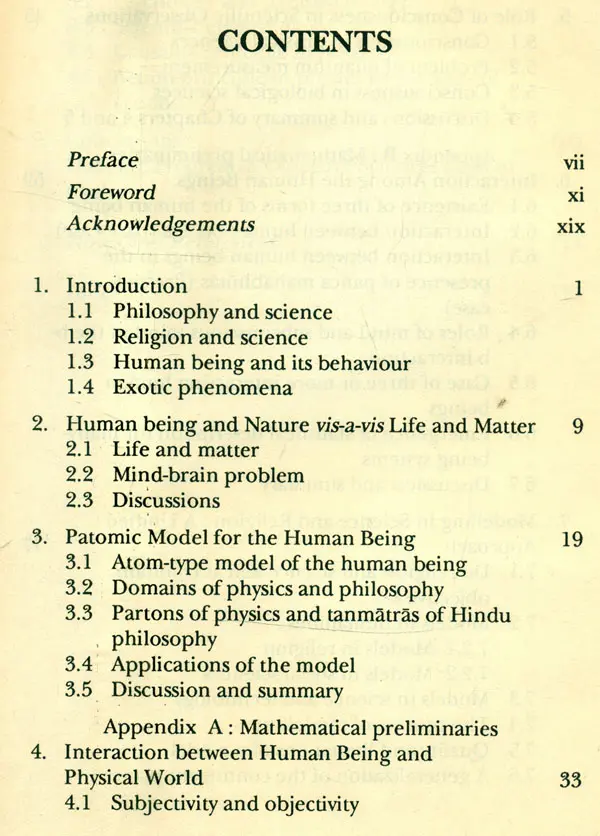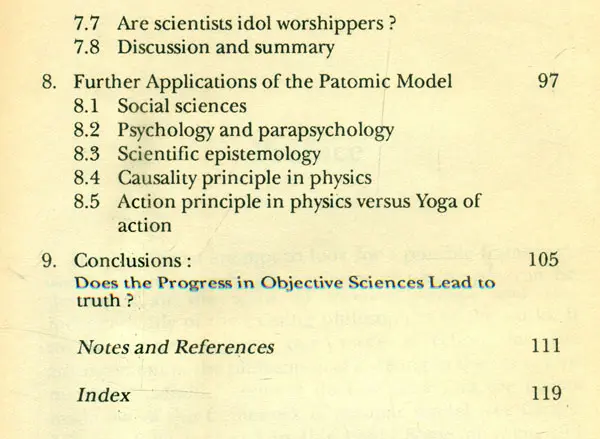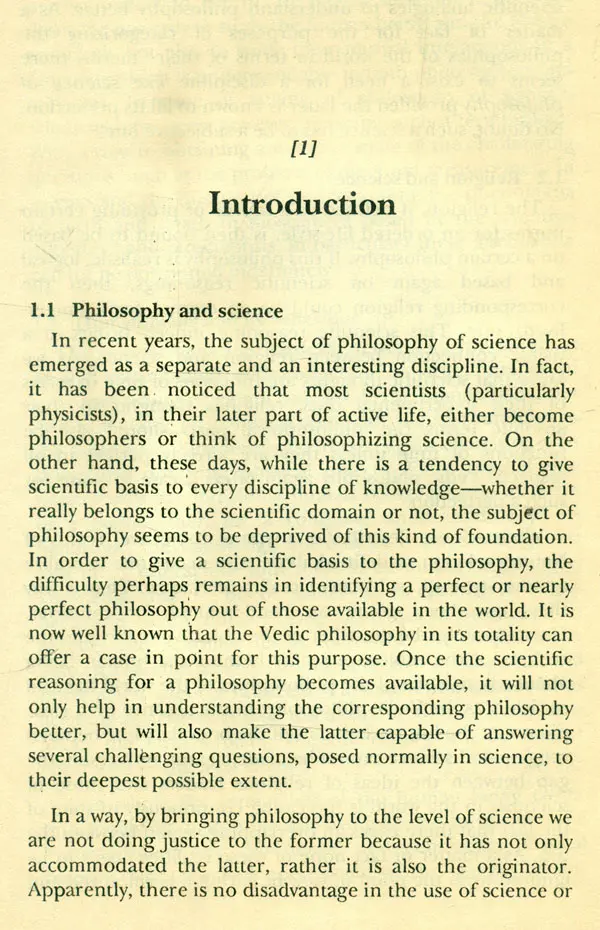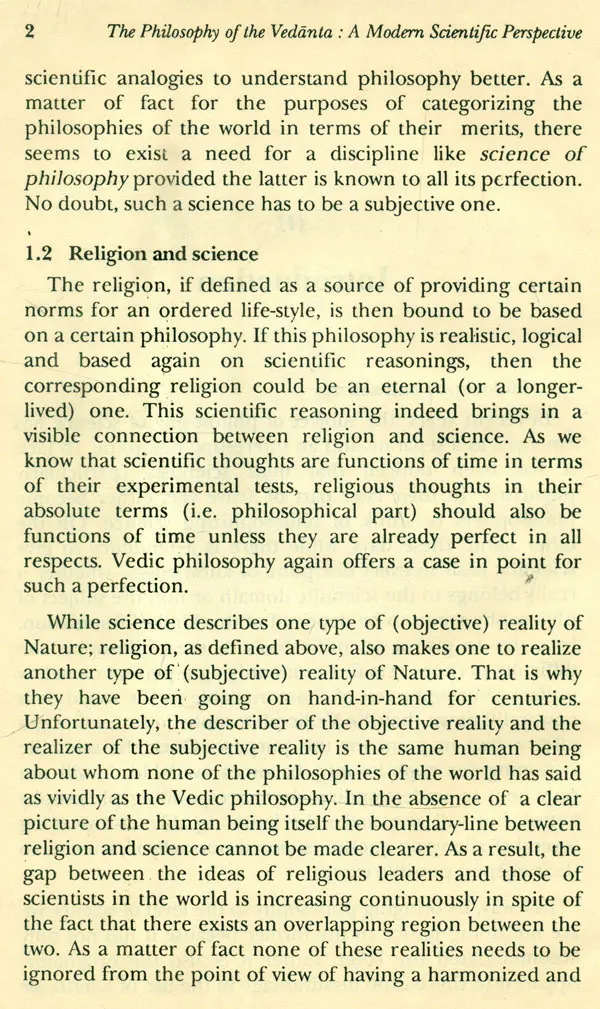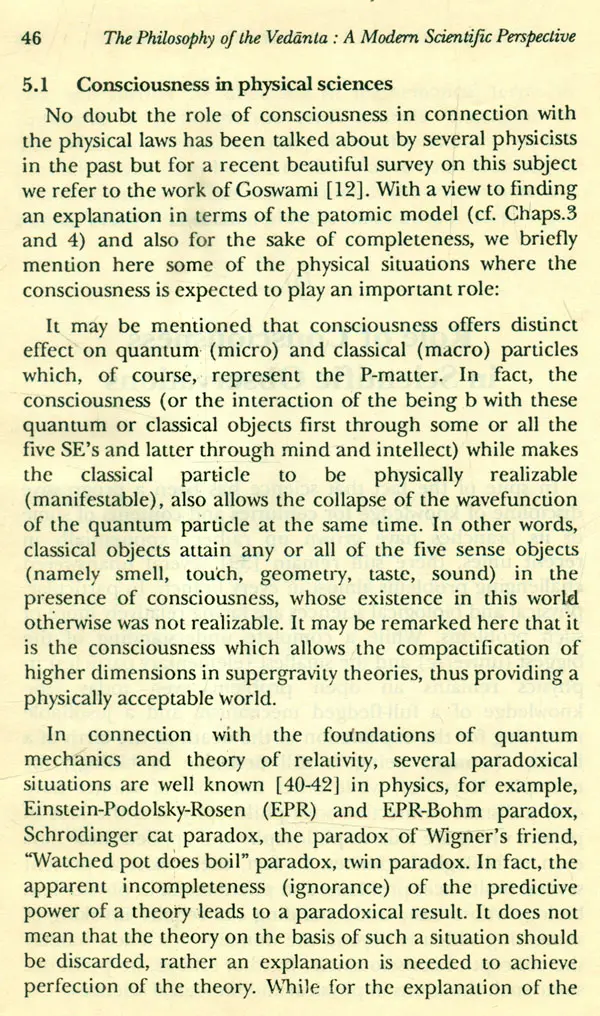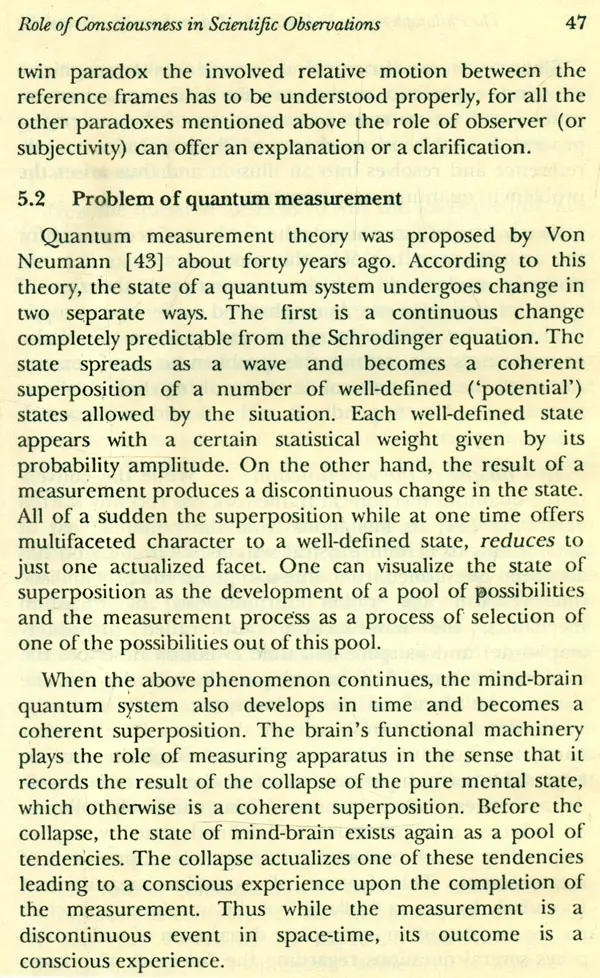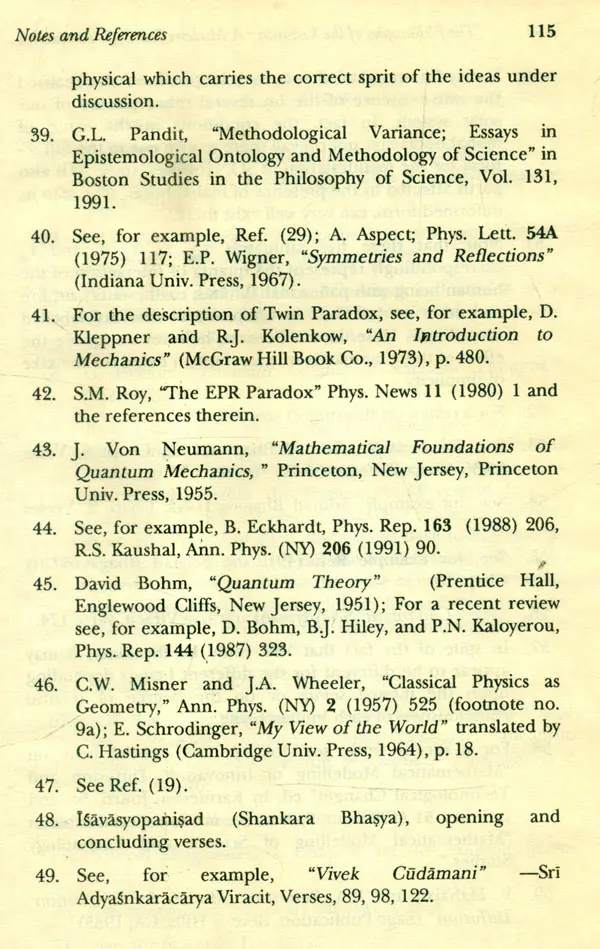
The Philosophy of the Vedanta- A Modern Scientific Perspective (An Old and Rare Book)
Book Specification
| Item Code: | UBE721 |
| Author: | Radhey Shyam Kaushal |
| Publisher: | Sri Satguru Publications A Division of Indian Books Centre Delhi, India |
| Language: | English |
| Edition: | 1994 |
| ISBN: | 8170304032 |
| Pages: | 138 |
| Cover: | HARDCOVER |
| Other Details | 9.00 X 6.00 inch |
| Weight | 280 gm |
Book Description
The book consists of nine chapters.After emphasizing the need for a discipline like subjective science for the purposes of having (i) a better understanding not only of the overlapping region between philosophy and science but also of behavioral sciences, (ii) an explanation of several exotic phenomena. for which the objective sciences have no explanation whatsoever, and (iii) a common framework for the unified description of religion and science,, in Chapter 1, a survey of the existing knowledge concerning the human being and Nature is made, in Chapter 2 A discussion of life, matter and their interconnection is also presented here in scientific terms. Using the essences of life as ingredients, we propose a philosophic, atom- type model (henceforth called "atomic" model) for the human being in Chapter 3.
In fact, this chapter forms the basis for the discussions in all subsequent chapters. In Chapter 4,the author propose to discuss the interaction of a physical (= material) particle with the human being within the framework of the atomic model. The interaction of the human being with panca mahabhutas is also discussed here in great detail.
As a continuation of these ideas, the role of consciousness in scientific observations in the context of physical and biological sciences is highlighted in Chapter 5. With a view to understanding the interaction among the human being, in Chapter 6, the author introduces the concept of existence of three forms of a human being namely gross- ,micro- and causal- forms in accordance with the sthul, sukhsma, and karan sariras of Hindu philosophy. In Chapter 7, the author further look for a common framework in terms of the atomic model to understand the degree of reality as described by science (objective reality) and realized in a religion (subjective reality) through various models.
I would have never dared to involve myself in such a tedious task of writing the book, but for the circumstances which have forced me to present the great ideas of great saints, though in my own humble style. In fact, I had opportunities to associate with and listen to these saints over a long period of my life. I am grateful to all these saints’ discourses and associations could make me think only this way.
**Contents and Sample Pages**
